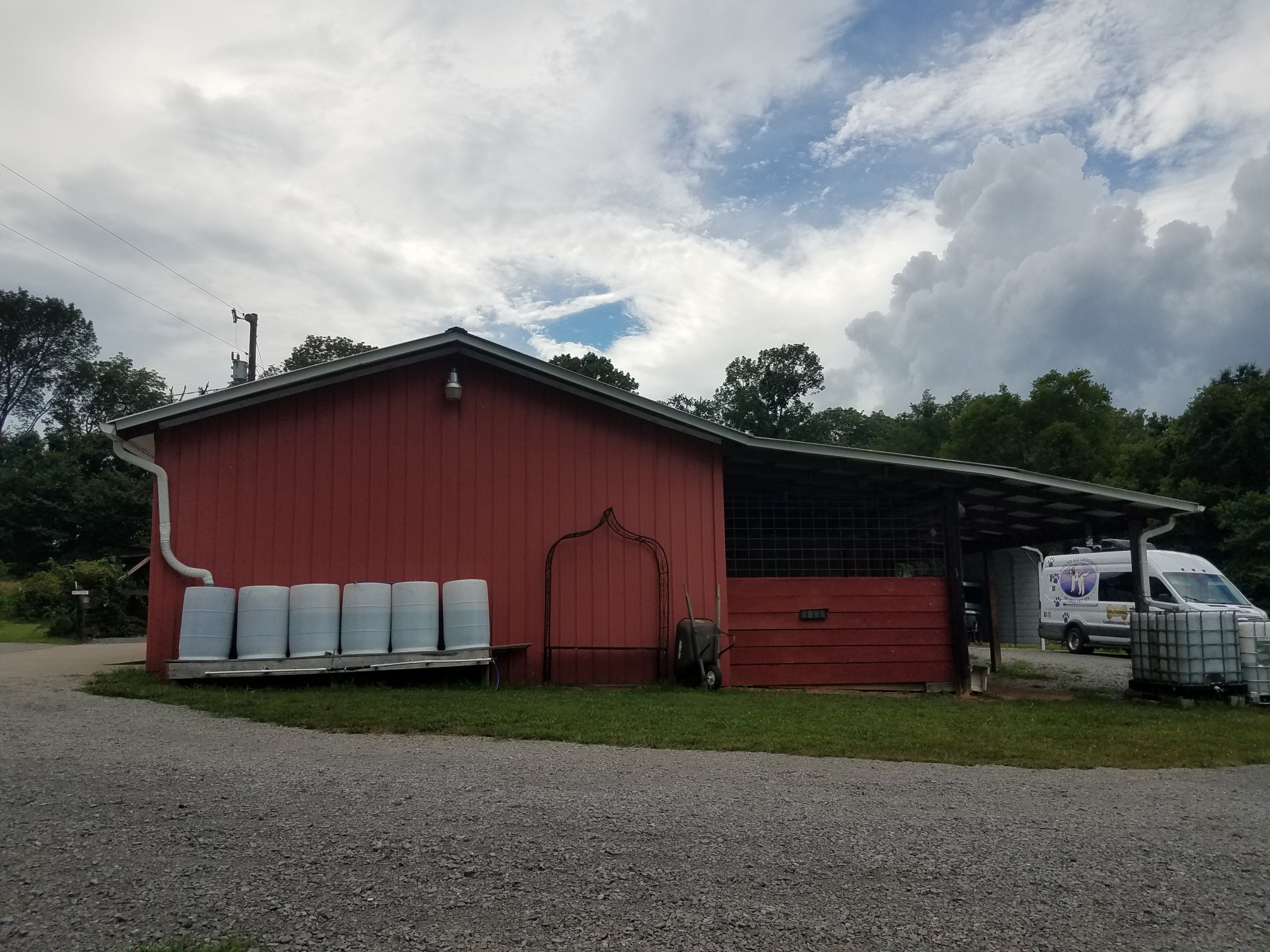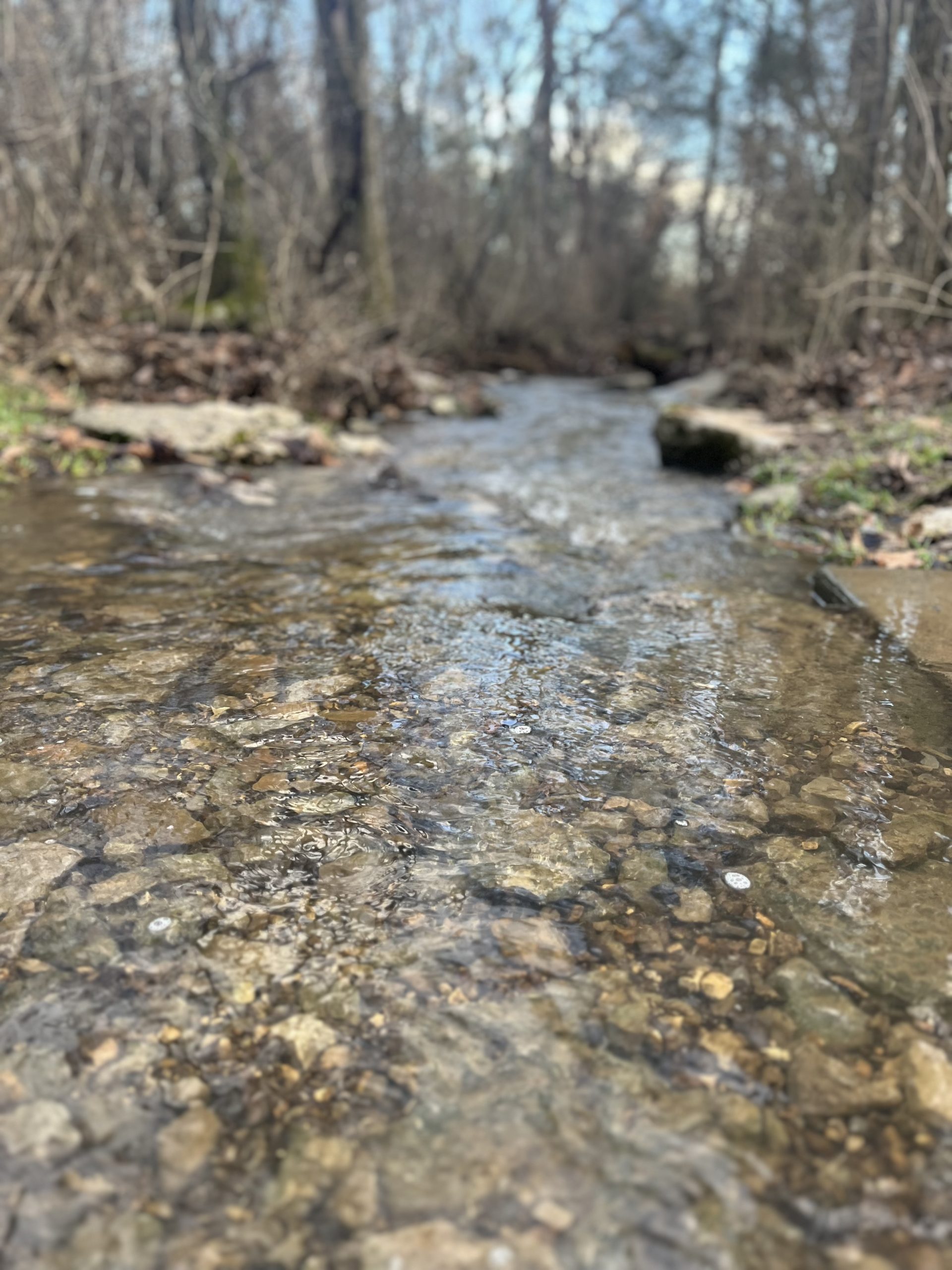
Pros and Cons of Rainwater Collection
Collecting rainwater is one of the oldest methods of collecting and conserving water. It’s been around for centuries! Techniques and uses change and develop with time, but the core idea remains the same – don’t let rainwater go to waste. Recently, rainwater collection started experiencing a renaissance that continues to grow.
More people are trying their hand at sustainable living and using the resources available to them. Drought-stricken areas and places with low rainfall leave people searching for ways to store available water, too. Regardless of the reason you’re considering rainfall collection, there are a few things you should know before setting up a system. It seems simple enough, but several benefits and challenges come with rainwater collection.
Pro #1 – Environmental Benefits
The environmental perks of collecting rainwater draw plenty of people toward the practice. For anyone engaged in sustainable living, homesteading, or who just wants to reduce their footprint, harvesting rainwater cuts down on the amount of imported or purchased water. Beyond that, it has several impressive perks for the environment.
Stormwater Runoff
Harvesting rainwater reduces the amount of stormwater runoff. That directly translates to less erosion and decreased flooding. In areas prone to flooding, large-scale rainwater collection stands to make a major difference.
Fewer Contaminants
This benefit pairs well with the reduction in stormwater runoff. Less rainwater entering other bodies of water means that fewer pollutants and contaminants enter those water sources, too. Everything from pet waste to cigarette butts passes through runoff and travels into streams, rivers, and other water sources. Collecting rainwater reduces the amount of pollution in the major sources of drinking water.
Plant Growth
Many people consider rainwater collection to water their own gardens or crops, but it has benefits for natural home landscaping, too. Solid root growth makes the land more tolerant to drought and mitigates erosion! Of course, it does have plenty of benefits for your personal garden as well.
Additionally, rainwater doesn’t contain additives like chlorine and plenty of plants prefer that over chemically treated tap water from the hose or faucet.
Pro #2 – Economic Benefits
Seeing many of the economic benefits of harvesting rainwater is easy. Some of them are straightforward and directly affect you while others fit into a bigger picture.
Reduced Water Bills
Having a smaller water bill is one of the obvious benefits of rainwater collection. If you live in an area with higher amounts of rainfall, you’ll see an even sharper reduction in your water bill. Even if you only replace a small amount of your municipal water use with rainwater, those savings still count!
Community-wide rainwater harvesting reduces the impact on a city’s infrastructure and development needs, too. If implemented, it has the potential to reduce water costs (or at least keep them from rising).
Lower Energy Bills
Using less energy on water benefits the environment but your bank account will appreciate it, too. While the savings may not be substantial, they add up over time, especially if you’re able to collect a regular amount of rainfall! Running the sink faucet takes power. Five minutes of constantly running water is roughly the equivalent of leaving a lightbulb on for half a day. If you’re using indoor sources of water to take care of all your plants, garden, and landscaping, that can be a major energy drain.
Potential for Jobs
Rainwater harvesting is largely a private enterprise for the time being, but there is potential for something larger. Implementing harvesting at a larger, state level, means jobs will follow as the need for rainwater collection designs and construction increases.
Pro #3 – Alternate Water Source
This is a major draw for many people looking to harvest and use rainwater. For those living in areas with hard water, it acts as a zero-hardness alternative and bolsters low or dwindling water supplies in dry areas. Use rainwater as an alternative to municipal water for:
- Irrigation
- Laundry
- Dishwashing
- Potable water (with proper filtration)
Con #1 – It Isn’t Always Legal
State or local laws complicate rainwater collection in some areas. Homeowners might not own the rain that falls on their land. Legal battles in states like Utah prove that it isn’t always as simple as just setting up a collection system and catching rainwater for personal use. While there are reasons behind those types of laws (like interference with the water allocation system), they present complications to rainwater collection efforts.
Before setting up a collection system, investigate any laws that govern rainwater harvesting and see how they apply to you.
Con #2 – Initial Setup is Expensive
Private, residential rainwater collection systems don’t always cost a lot of money, but large-scale efforts aren’t cheap. They require maintenance, which can add up, and certain uses can add to the price tag, too. For example, if you plan to use rainwater as a drinking source then treatment and filtration are yet other costs to consider.
Con #3 – Unpredictability
There’s no controlling the weather. If you live somewhere that experiences regular, heavy rainfall, counting on a decent amount of rain is a safe bet. Other locations aren’t so dependable, and dry areas have particularly small yields. Measuring your expectations is a critical part of rainwater collection – don’t count on it to cover everything! If you keep in mind that average rainfall isn’t a guarantee, this con won’t hold you back.
Final Thoughts
While there are some downsides and challenges with rainwater collection, it’s worth the effort it takes to set it up. The economic and environmental benefits outweigh the struggles that come with setup. For those living in an area where rainwater harvesting is legal and possible, give it a try. You can go with a simple DIY collecting system and get started right away. If you need help setting up your system, get a bit of inspiration from Stoney Creek Farm’s setup, and follow our YouTube channel for plenty of tips and tricks for homesteading, gardening, water sourcing, and more!


